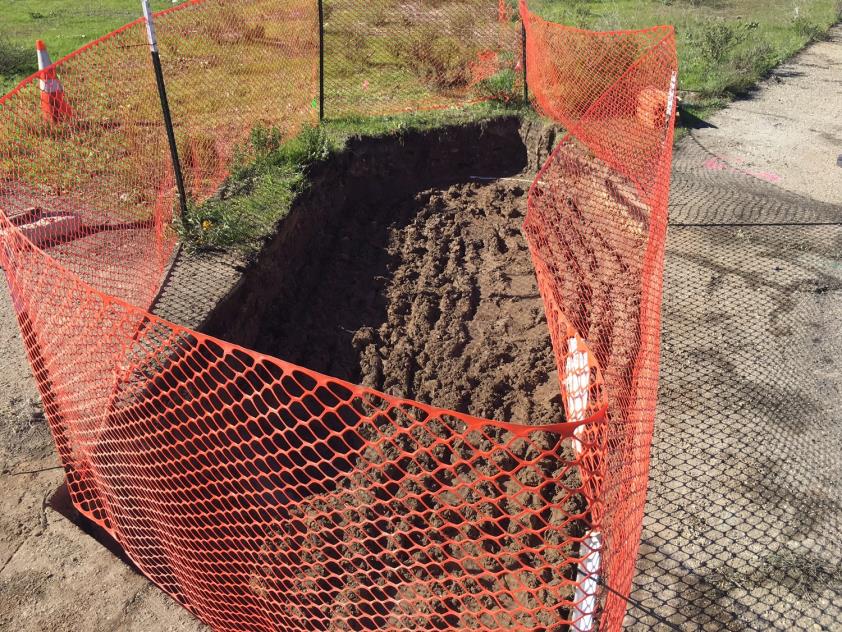Located on the Central Coast of California, Vandenberg Air Force Base, in close proximity to the city of Lompoc, has been a pivotal location for the United States’ space and missile defense programs since its inception in 1941. Initially used as a training base during World War II, Vandenberg AFB has evolved significantly over the years, adapting to the nation’s changing defense and space exploration needs. This comprehensive overview delves into the history, current operations, and future prospects of Vandenberg AFB, highlighting its importance to both national security and the advancement of space technology.
Historical Evolution
The establishment of Vandenberg AFB was a direct response to the expanding needs of the U.S. military during World War II. The base was originally known as Camp Cooke, named after Major General Philip St. George Cooke, a veteran of the Mexican-American War. Following the war, the base underwent several transformations, ultimately being renamed Vandenberg Air Force Base in 1958 in honor of General Hoyt S. Vandenberg, the second Chief of Staff of the United States Air Force. This renaming coincided with the base’s transition into a key facility for the nation’s missile and space programs.
Current Operations
Today, Vandenberg AFB serves as a critical launch site for a variety of military, commercial, and scientific satellites, as well as a test range for ballistic missiles. The base is home to the 30th Space Wing, which is responsible for managing the base’s operations, including space launch, missile testing, and satellite command and control. One of the base’s most notable roles is its involvement in the development and testing of the Ground-Based Midcourse Defense (GMD) system, a crucial component of the United States’ ballistic missile defense strategy.
Launch and Test Facilities
Vandenberg AFB boasts an array of launch and test facilities that support its diverse mission set. These include launch pads for various rocket systems, such as the Atlas V and Delta IV, which are used for both military and civilian launches. The base is also equipped with sophisticated tracking and monitoring systems, allowing for real-time data collection and analysis during launch and test operations. This capability is essential for ensuring the success of space launches and for evaluating the performance of missile systems.
Community and Economic Impact
Beyond its military significance, Vandenberg AFB has a substantial impact on the local community and economy. The base is a major employer in the region, with thousands of military personnel, civilians, and contractors contributing to its operations. Additionally, the base’s presence supports a range of local businesses, from those providing services directly to the base to those benefiting from the influx of personnel and their families. The relationship between Vandenberg AFB and the city of Lompoc is particularly notable, with the base playing a central role in the city’s economic and social fabric.
Environmental Considerations
Given its coastal location and the nature of its operations, Vandenberg AFB is subject to various environmental considerations and regulations. The base must adhere to stringent environmental standards to minimize its impact on the surrounding ecosystem, which includes habitats for several endangered species. The U.S. Air Force has implemented numerous initiatives aimed at reducing the base’s environmental footprint, such as energy conservation programs and habitat restoration projects.
Future Developments
Looking ahead, Vandenberg AFB is poised to play an increasingly important role in the nation’s space endeavors. With the rapid advancement of space technology and the growing interest in commercial space activities, the base is likely to see an expansion in its launch and support services. Furthermore, as the United States continues to develop its missile defense capabilities, Vandenberg AFB will remain a critical site for testing and evaluation. The base’s adaptability and its ability to evolve with changing national priorities underscore its enduring significance.
Conclusion
Vandenberg Air Force Base, situated near Lompoc, California, stands as a testament to the nation’s commitment to space exploration and missile defense. From its humble beginnings as a World War II training base to its current status as a premier launch and test facility, Vandenberg AFB has consistently adapted to the evolving needs of the United States. As the base looks to the future, it is clear that its role in supporting national security and advancing space technology will continue to grow, solidifying its position as a vital component of the U.S. military’s infrastructure.
Key Takeaways:
- Vandenberg AFB has a rich history dating back to 1941, initially serving as a training base during World War II.
- The base is crucial for the launch of military, commercial, and scientific satellites, as well as for the testing of ballistic missiles.
- Vandenberg AFB impacts the local community and economy significantly, serving as a major employer and supporting a range of local businesses.
- The base must balance its operational needs with environmental considerations, implementing various initiatives to reduce its ecological footprint.
- Looking ahead, Vandenberg AFB is expected to expand its role in space operations, supporting both national security objectives and the growth of the commercial space sector.
What is the primary role of Vandenberg Air Force Base in the U.S. military?
+Vandenberg Air Force Base serves as a key launch site for satellites and as a test range for ballistic missiles, supporting both national security and space exploration efforts.
How does Vandenberg AFB contribute to the local economy?
+The base is a significant employer and supports local businesses, contributing substantially to the regional economy through direct and indirect means.
What environmental considerations must Vandenberg AFB address?
+The base must adhere to environmental regulations to minimize its impact, particularly concerning the preservation of habitats for endangered species and the reduction of its ecological footprint.
In conclusion, Vandenberg Air Force Base represents a critical facet of the United States’ defense and space exploration capabilities, with its operations extending far beyond its physical boundaries to impact national security, scientific advancements, and the local community. As the world enters a new era of space exploration and technological advancement, the importance of Vandenberg AFB will only continue to grow, cementing its legacy as a pivotal location in the history of space and missile defense.



